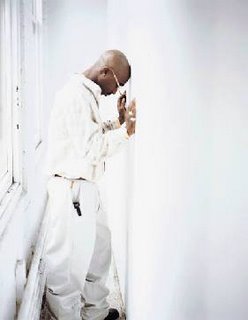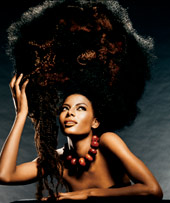
-picture courtesy of Vegas.Com
The group is made up of seven beautiful women, including former Eden's Crush member Nicole Kea, Carmit Bachar, Ashley Roberts, Jessica Sutta, Melody Thornton and Kimberly Wyatt. According to an article that appeared on VH1.Com, the ladies are putting the finishing touches on their debut album. "We are working with some pretty phat people," said Kea in. Signed on to make things hot with the Dolls are super-producersTimbaland, Rich Harrison and Sean Garrett. Ron Fair, who produced hits for Kelly Clarkson and Avril Lavigne will produce the disc which is expected to hit stores in late summer.
"We've been working on [the album] for a while now because we've been very selective with our songs and our producers, and we don't want to settle," Kea explained. "The whole Pussycat Doll thing is a movement, a whole concept and a thing unto itself. We want [the record] to be like that, and we want the music to be special too" (VH1.Com).
While "Don't Cha" is the first single from the dancers' upcoming album, the ladies have been on the radio and in videos before. The Dolls covered Dean Martin's "Sway" for the Shall We Dance soundtrack and Patti LaBelle's "We Went As Far As We Felt Like Going" from Shark's Tale.
The Pussycat Dolls celebrated the Grand Opening of The Pussycat Dolls Lounge at Caesar’s Palace in Las Vegas, NV with a special performance last April that featured Desperate Housewife Eva Longoria.
-TA


